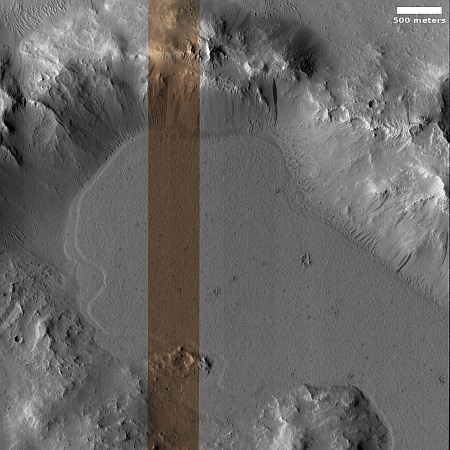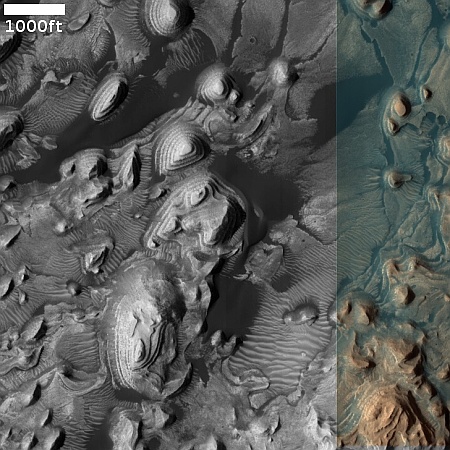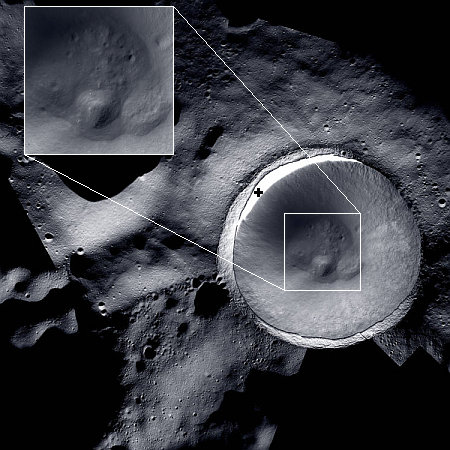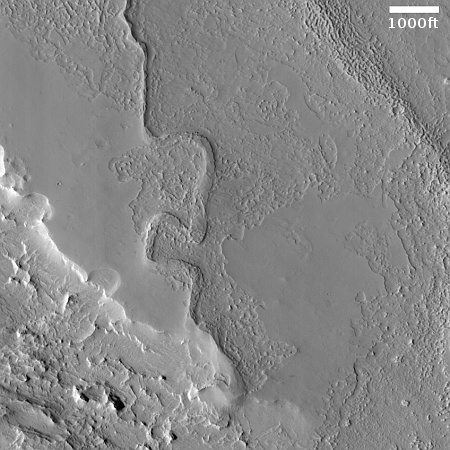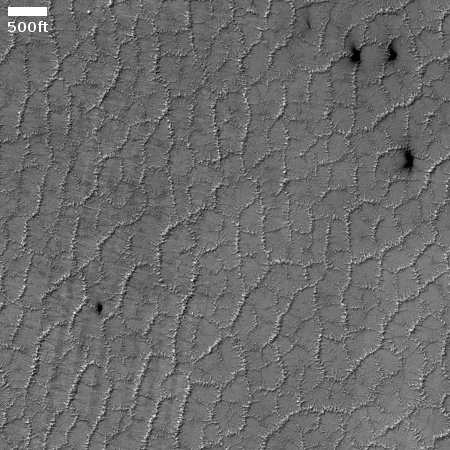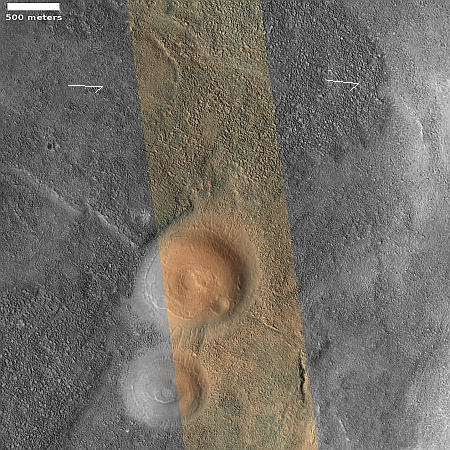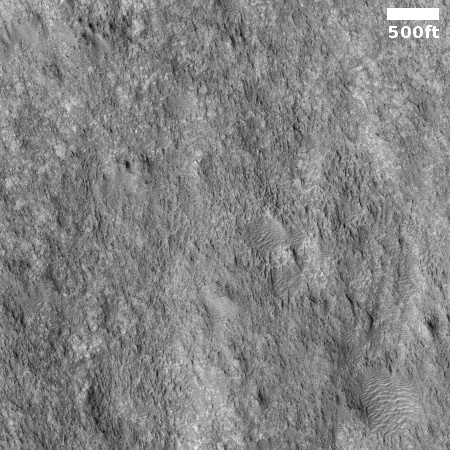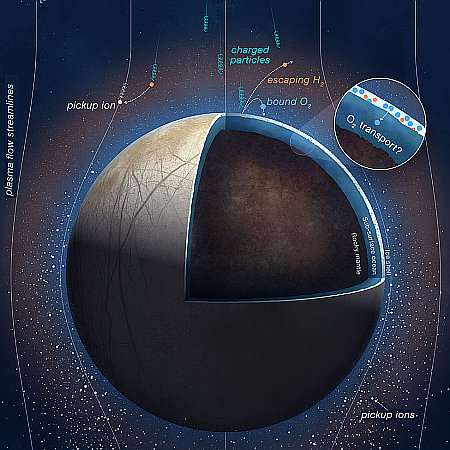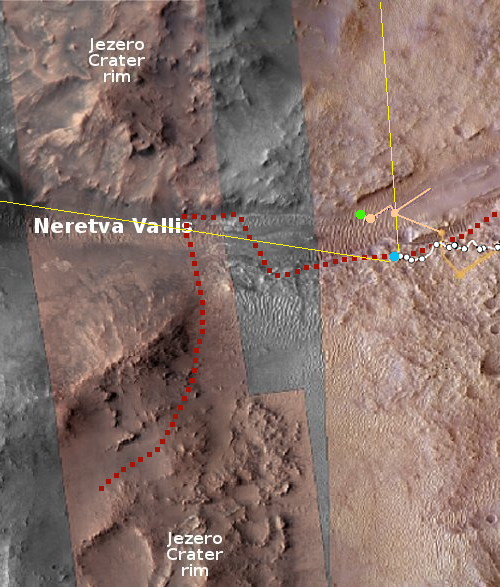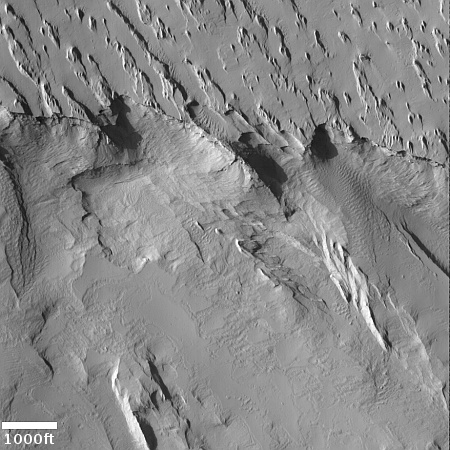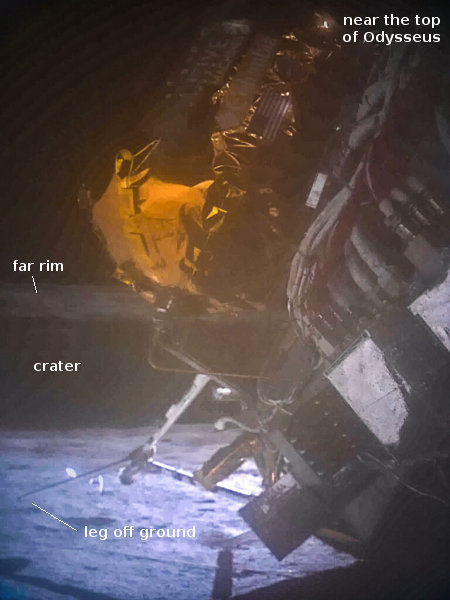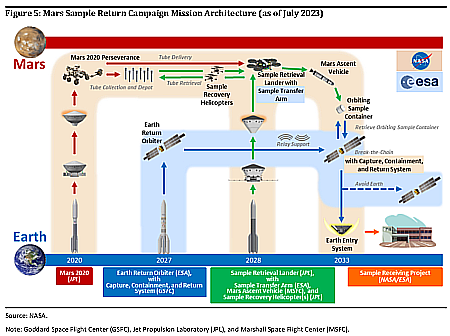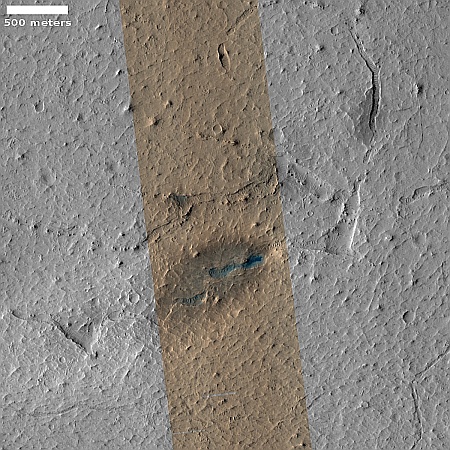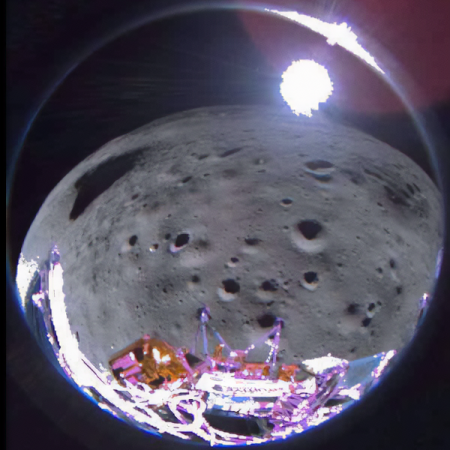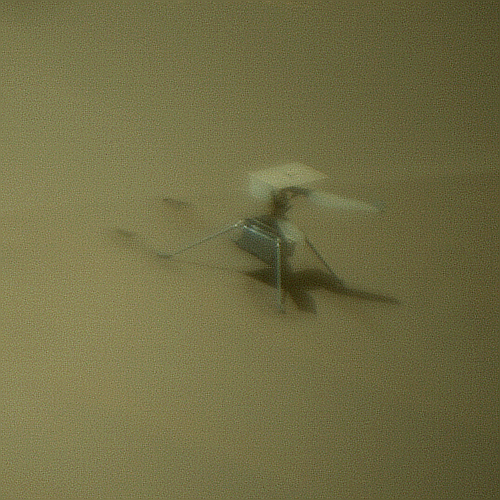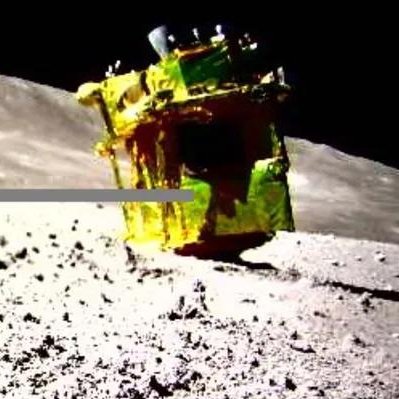China launches communications orbiter towards the Moon
Using its Long March 8 rocket lifting off from its coastal Wenchang spaceport, China today launched its second Quequiao communications satellite to the Moon, designed to relay data from its landers on the far side back to Earth.
The Queqiao 2, or Magpie Bridge 2, satellite was lifted atop a Long March 8 carrier rocket that blasted off at 8:31 am from a coastal launch pad at the Wenchang Space Launch Center in China’s southernmost island province of Hainan.
After a 24-minute flight, the satellite was released from the rocket and then entered into a lunar transfer trajectory. At the same time, the solar wings and communication antennas smoothly unfolded.
This satellite is in preparation for the May launch of China’s Chang’e-6 lunar mission to grab samples from the Moon’s far side and bring them back to Earth. In the meantime it will test its capabilities by relaying data from the Chang’e-4 lander and its Yutu-2 rover, still in operation on the far side after landing there in January 2018.
The leaders in the 2024 launch race:
27 SpaceX
11 China
3 Russia
3 Rocket Lab
American private enterprise still leads the rest of the world combined in successful launches 31 to 20, while SpaceX leads the entire world, including American companies, 27 to 24.
Using its Long March 8 rocket lifting off from its coastal Wenchang spaceport, China today launched its second Quequiao communications satellite to the Moon, designed to relay data from its landers on the far side back to Earth.
The Queqiao 2, or Magpie Bridge 2, satellite was lifted atop a Long March 8 carrier rocket that blasted off at 8:31 am from a coastal launch pad at the Wenchang Space Launch Center in China’s southernmost island province of Hainan.
After a 24-minute flight, the satellite was released from the rocket and then entered into a lunar transfer trajectory. At the same time, the solar wings and communication antennas smoothly unfolded.
This satellite is in preparation for the May launch of China’s Chang’e-6 lunar mission to grab samples from the Moon’s far side and bring them back to Earth. In the meantime it will test its capabilities by relaying data from the Chang’e-4 lander and its Yutu-2 rover, still in operation on the far side after landing there in January 2018.
The leaders in the 2024 launch race:
27 SpaceX
11 China
3 Russia
3 Rocket Lab
American private enterprise still leads the rest of the world combined in successful launches 31 to 20, while SpaceX leads the entire world, including American companies, 27 to 24.


